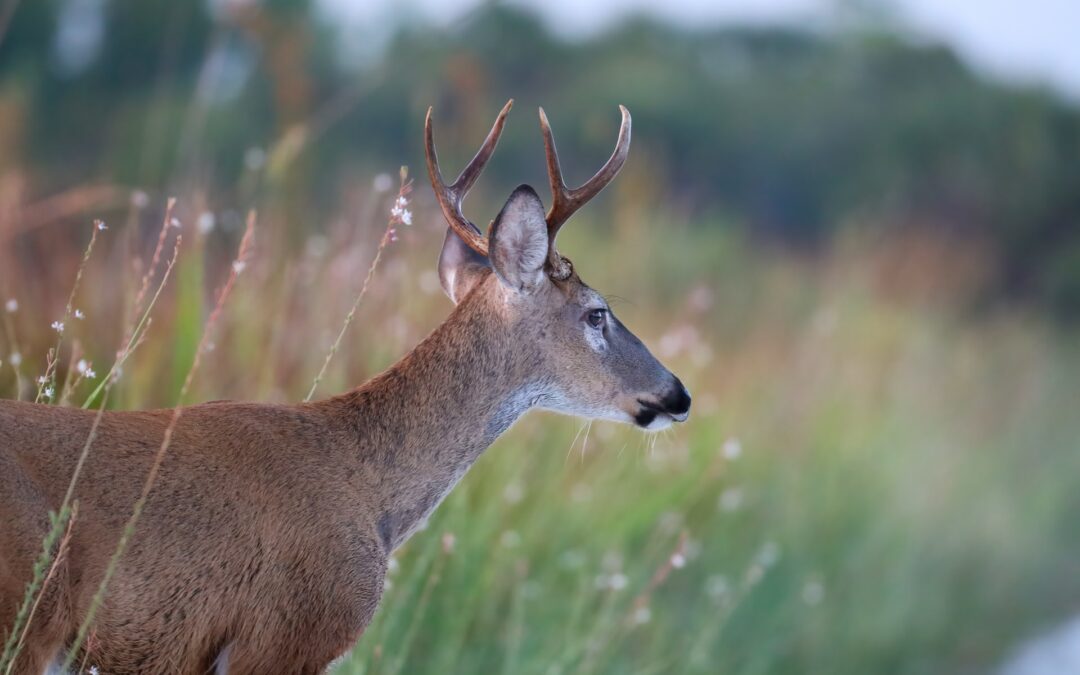As we have previously noted, Oak Creek Whitetail Ranch is proud to hold the records for most of the top 35 whitetail deer! In our experience, a hunter needs to be knowledgeable about the patterns and habits of their prey to be successful. To help you to better understand the Whitetail Deer, our July blog presents some little-known facts about whitetail deer to assist you.
Interesting Facts About Whitetail Deer
Deer Defined – The term deer describes several mammal species with a combination of hooves and antlers. There are more than 40 diverse types of deer throughout the world.
Deer Population – The current deer population worldwide was projected to be 4 million in 2020. Deforestation, habitat loss, and hunting are slowly reducing the deer population numbers.
Shape of Their Feet – One important characteristic of the deer species is the shape of their feet. Deer feet contain two large and small hooves on each foot. If you take a close look at the footprints of a deer, you can see their prints are unique.
Life Span – In the wild, the life span of a whitetail is 4 or 5 years.
Athletic Ability – They can run as fast as 30 miles an hour and jump as high as ten feet.
Size – The whitetail is the smallest of the North American Deer, with the average buck weighing in at 150 pounds.
When Startled – Deer are extremely nervous and skittish creatures. Unlike your dog, a whitetail deer wags their tail when they are startled, not when they are excited.
Deer are Crepuscular – The prime time of the day for deer activity is early in the morning or at dusk unless the temperature drops to single digits, only then it is mid-day.
Vegetarians – Whitetail Deer are vegetarians and will eat any grass, plant, twig, or fruit.
Feeding Habits Change – They graze on lush grass in meadows in the spring and summer months but migrate deep into the forest during the fall and winter months to eat twigs and bark.
Four Chambered Stomachs – Their four-chambered stomach allows them to digest food very quickly, often without chewing.
State Animal – They are the state animal in nine states: Arkansas, Illinois, Michigan, Mississippi, New Hampshire, Ohio, Pennsylvania, South Carolina, and Wisconsin.
Better Night Vision – They have better vision at night than in the daylight.
A Bit Color Blind – Hunters can wear orange safety vests because the colors red, green, and orange appear as gray to deer.
For more information on the habits of whitetail deer and the most effective ways to track and hunt them, visit our website at https://oakcreekwhitetailranch.com/.


Recent Comments